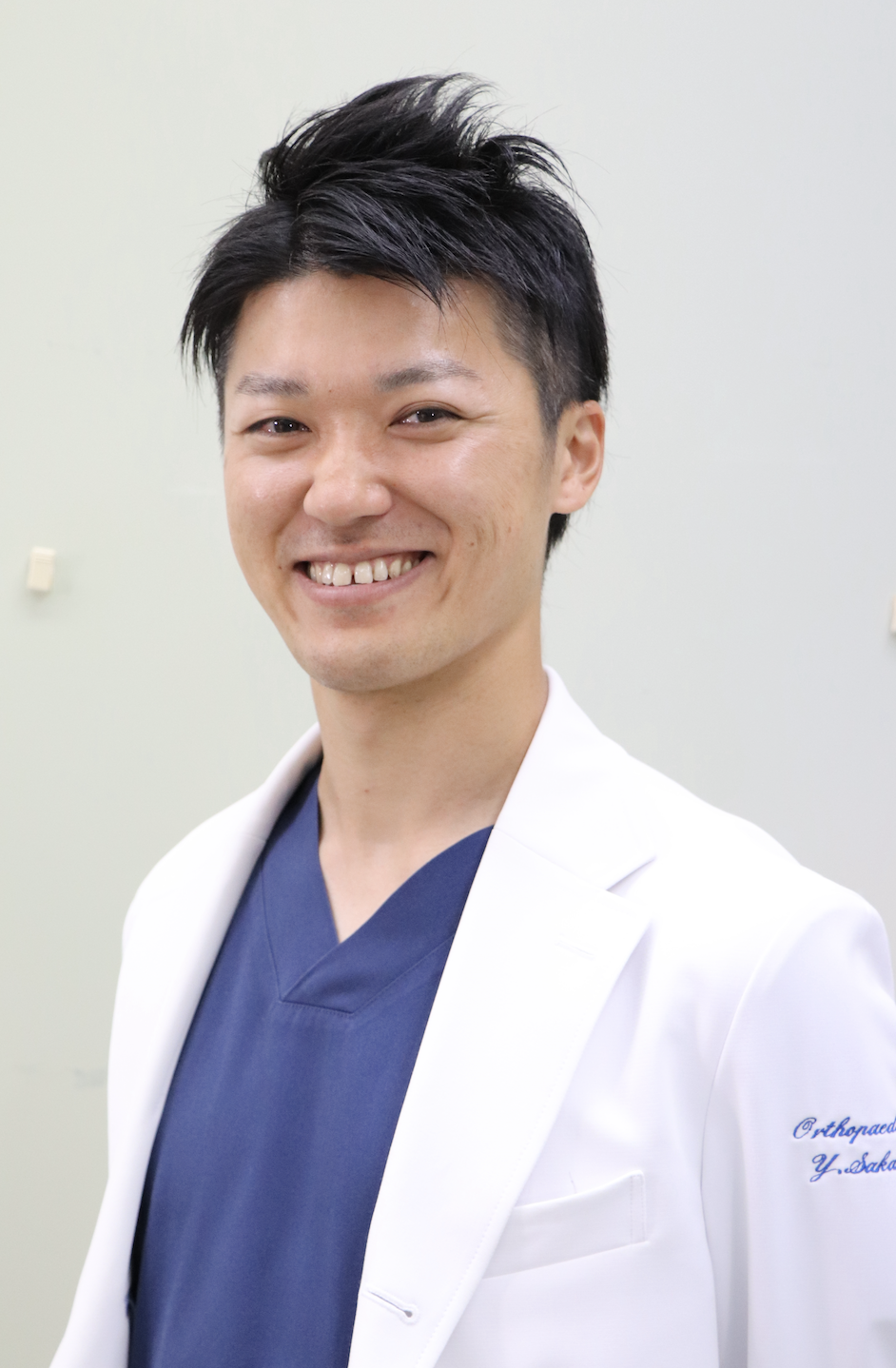Description
Purpose: Medial pivot (MP)-design total knee arthroplasty (TKA) is expected to achieve high medial stability and smooth medial pivot motion. The purpose of this study was to compare patient reported outcome measures (PROMs) of patients who underwent posterior stabilized type (PS)-TKA and cruciate substituting type (CS)-TKA of the same model MP design TKA.
Methods: Microport Evolution PS-TKA and CS-TKA were used in this study. All surgeries were performed by a single surgeon at a single institution with at least two years of follow-up. The primary outcomes were a postoperative range of motion (ROM), JKOM, and KOOS. Results were compared using independent t-tests, and a P value of less than 0.05 was considered a statistically significant difference.
Results: 19 PS-TKA patients with 23 knees (mean age 79.3 years, male:female 6:13, right:left 10:9) and 44 CS-TKA patients with 52 knees (mean age 73.4 years, male:female 3:41, right:left 27:25) were include in this study. There were no significant differences in ROM and clinical function assessment at two years postoperatively between the same model MP design PS-TKA and CS-TKA. (PS-TKA vs CS-TKA: extension ROM -2.3°±3.6°vs-0.6°±1.7°P=.08 , flexion ROM 116.7°±8.4°vs116.3°±8.2°P=.82 , JKOM 18.3±12.7 vs 14.4±14.0 P=.34 , KOOS 75.2±7.0 vs 80 .1±9.6 P=.15).
The results of this study showed that both the PS-TKA and CS-TKA of MP design showed excellent PROMs in the short term. Evolution has a lineup of PS and CS Type in MP design TKA. The MP design TKA CS type has a medial ball-in-socket insert. The MP design TKA CS type is reported to provide high satisfaction due to the smooth medial pivot motion of the medial ball-in-socket and excellent anterior-posterior stability due to the high anterior-posterior lip. On the other hand, there are some reports of a decreasing postoperative range of motion due to the low lateral compartment mobility and rotation range. However, our study found no significant difference in postoperative ROMs and PROMs.
Conclusion: Both PS-TKA and CS-TKA of the same MP design showed significant improvement in postoperative PROMs, but there was no difference in postoperative clinical outcome between the two groups.




